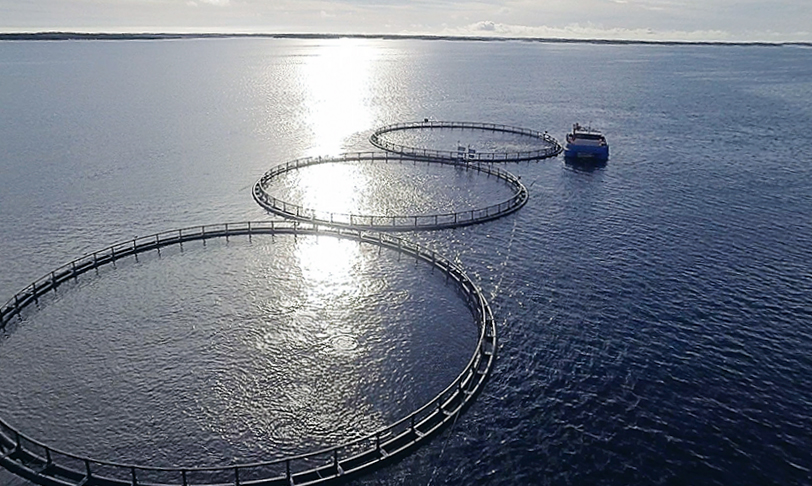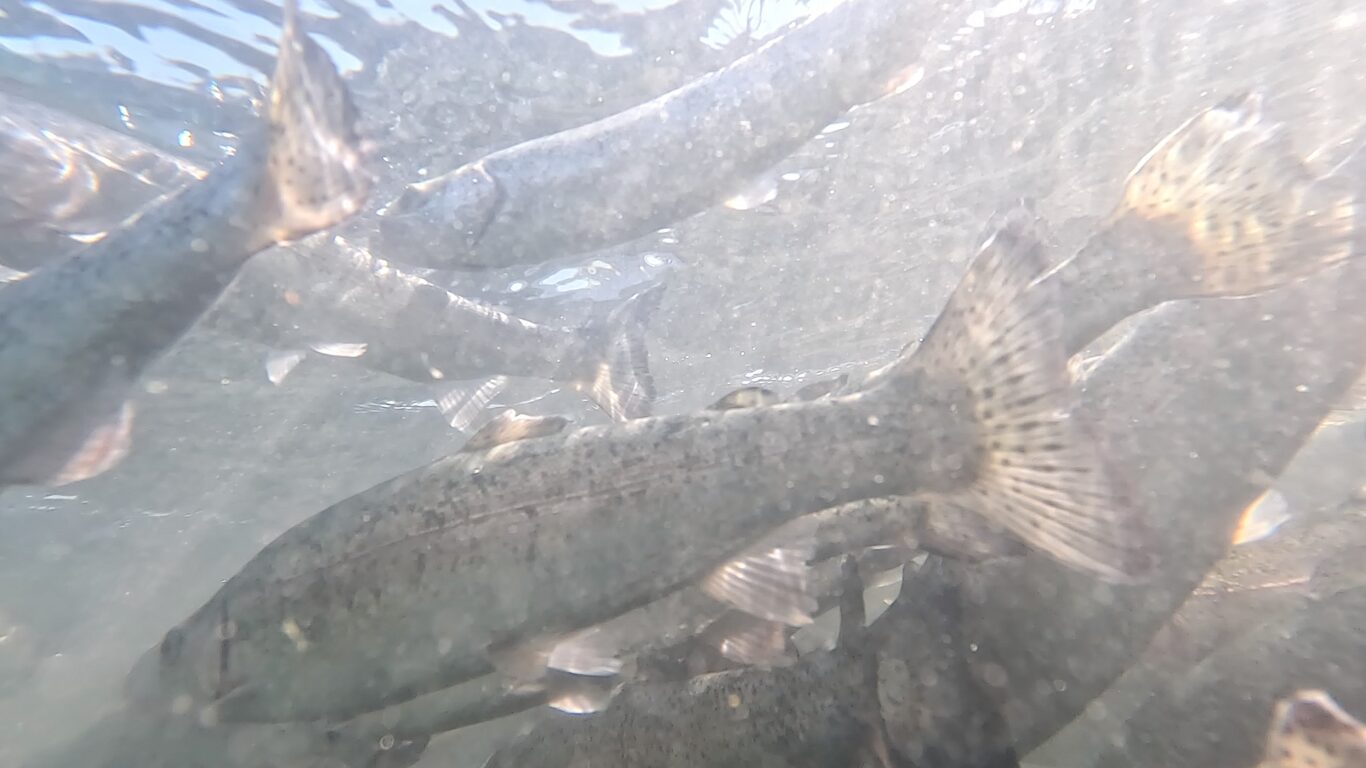Carbon footprint calculations guide our choices far into the future

Calculating the carbon footprint of production is an essential part of Alltech Fennoaqua’s annual ESG reporting. We first performed the calculation last year using data from 2023. This time, the calculation was based on actual data from 2024 on the use and consumption of fish feed produced by Fennoaqua.
The greenhouse gas emission sources included in the calculation are feed raw materials and their logistics, as well as electrical energy, steam, heating, and fuels. The results also include land use changes, i.e., LULUC emissions, which take into account changes in long-term carbon stocks when, for example, forests are cleared for raw material cultivation.
Reducing emissions is a long-term, ongoing process
Compared to the previous year, Fennoaqua’s emissions decreased, mainly due to changes in the procurement of raw materials. The availability and price of raw materials are influenced by changing climate conditions and the global economy, so emissions still cannot be the only selection criterion, but the direction in 2024 has been the right one.
“To further develop our operations, continuous monitoring is essential, including in terms of reducing emissions. Only in the long term can we really see the impact of our operations and the changes we have made on emissions”, says Development Manager Susanna Airaksinen.
The most considerable emissions come from raw materials
In the food and feed industry, raw material production is a significant factor in terms of emissions. At Fennoaqua, too, the most considerable emissions come from the raw materials we purchase.
The results for 2024 show strong use and utilisation of industrial side streams, which is reflected in a reduction in emissions. The share of domestic side streams has increased, which has made it possible to reduce the supply of foreign raw materials. We have received more accurate figures from domestic producers, specifically concerning their production, which means that we have not had to use international estimated averages in our calculations.
“We have made many changes and choices that have helped us reduce our carbon footprint since last year. Because raw materials are so important in the calculation, we can expect to see variations in the calculation in the coming years. In the future, the requirements for all raw material suppliers will become stricter. However, the most important thing is that the direction remains correct in the long term”, says Airaksinen.
Minimal carbon footprint from energy use
In terms of energy, Fennoaqua’s carbon footprint is minimal. All the energy used at the Raisio production plant is calculated to be emission-free, and the significance of emissions from raw material logistics is very minor.
“We have paid attention to the energy input of our own operations and worked hard to ensure that emissions are kept to a minimum. The electricity and steam we use are zero-emission, and we only use natural gas for forklifts. And we already replaced one of them with an electric forklift”, says plant manager Petri Elonen.
It is worth favouring domestic fish

Compared to other fish feed manufacturers, Fennoaqua performs well in terms of carbon footprint calculations. Competitors’ data was collected from their latest sustainability reports. However, there may be differences in the calculation models and limitations used by different companies, so the comparison figures should be treated with caution.
When comparing different types of livestock, the carbon footprint of domestically farmed fish is quite good, considering the excellent feed conversion ratio of fish: fish farming consumes less feed per kilogram produced than other meat production.
“Calculating the carbon footprint clearly shows how wonderful and long-term the work Alltech Fennoaqua has done in product development and raw material supplier selection is. Utilizing side streams is a double environmental benefit, as it makes use of raw materials that would otherwise go to waste and reduces the need for virgin raw material production. The low carbon footprint of the feed and the good feed conversion ratio of the fish make it a good choice for the climate as well”, says Senja Arffman, a leading expert at Envitecpolis who was responsible for calculating the carbon footprint.
Basis for calculation:
- The calculation and annual reporting of energy consumption and greenhouse gas emissions are part of Fennoaqua’s ASC (Aquaculture Stewardship Council) Feed Standard system. The calculation complies with the GHG (Greenhouse Gas) Protocol, and the review is limited to Raisio’s production facility and the fish feed produced there.
- The 2024 calculation was carried out in collaboration with Envitecpolis Oy. Envitecpolis provides calculation and expert services to food chain operators to support decision-making in the areas of energy, finance, and the environment.